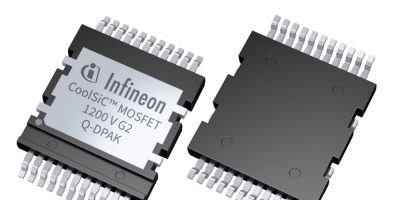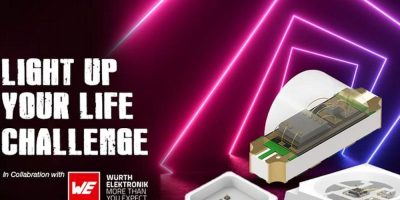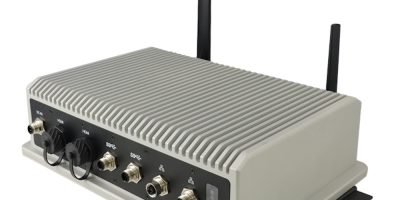Renesas has announced the launch of its new 64-bit RZ/G3E microprocessor (MPU), a general-purpose device optimised for high-performance Human Machine Interface (HMI) applications. Combining a quad-core Arm® Cortex-A55 running at up to 1.8GHz with a Neural Processing Unit (NPU), the RZ/G3E brings high-performance edge computing with AI inference for faster, more efficient local processing. With Full HD graphics support and high-speed connectivity, the MPU targets HMI systems for industrial and consumer segments including factory equipment, medical monitors, retail terminals and building automation.
At the heart of the RZ/G3E is a quad-core Arm Cortex-A55, a Cortex-M33 core, and the Ethos-U55 NPU for AI tasks. This architecture efficiently runs AI applications such as image classification, object recognition, voice recognition and anomaly detection while minimising CPU load. Designed for HMI applications, it delivers smooth Full HD (1920×1080) video at 60fps on two independent displays, with output interfaces including LVDS (dual-link), MIPI-DSI, and parallel RGB. A MIPI-CSI camera interface is also available for video input and sensing applications.
The RZ/G3E is equipped with a range of high-speed communication interfaces essential for edge devices. These include PCI Express 3.0 (2 lanes) for up to 8Gbps, USB 3.2 Gen2 for fast 10Gbps data transfer, and dual-channel Gigabit Ethernet for seamless connectivity with cloud services, storage, and 5G modules.
Starting with the third-generation RZ/G3S, the RZ/G series includes advanced power management features to significantly reduce standby power. The RZ/G3E maintains sub-CPU operation and peripheral functions while achieving low power consumption around 50mW and around 1mW in deep standby mode. It supports DDR self-refresh mode to retain memory data, enabling quick wake-up from deep standby for running Linux applications.
Renesas continues to offer the Verified Linux Package (VLP) based on the reliable Civil Infrastructure Platform, with over 10 years of maintenance support. For users requiring the latest versions, Renesas provides Linux BSP Plus, including support for the latest LTS Linux kernel and Yocto. Ubuntu by Canonical and Debian open-source OS are also available for server or desktop Linux environments.
Renesas has also introduced system-on-module (SoM) solutions featuring the RZ/G3E. A broad range of SoM solutions will be available from Renesas’ ecosystem partners such as a SMARC module from Tria, an OSM (Size-M) from ARIES Embedded, and an OSM (Size-L) from MXT.







